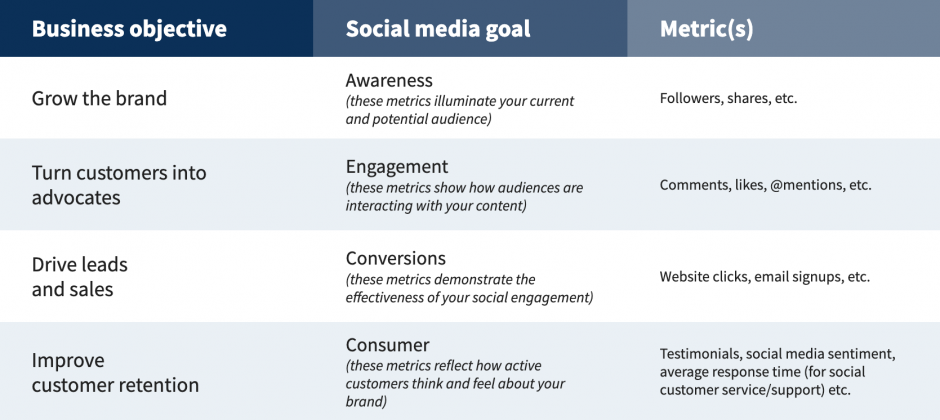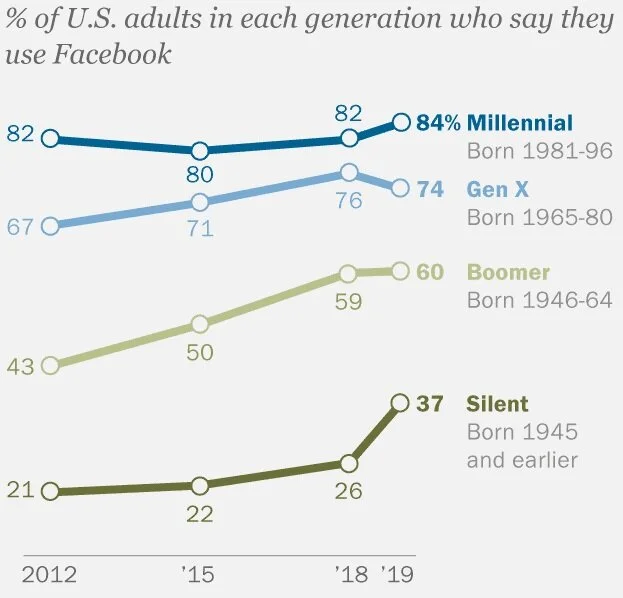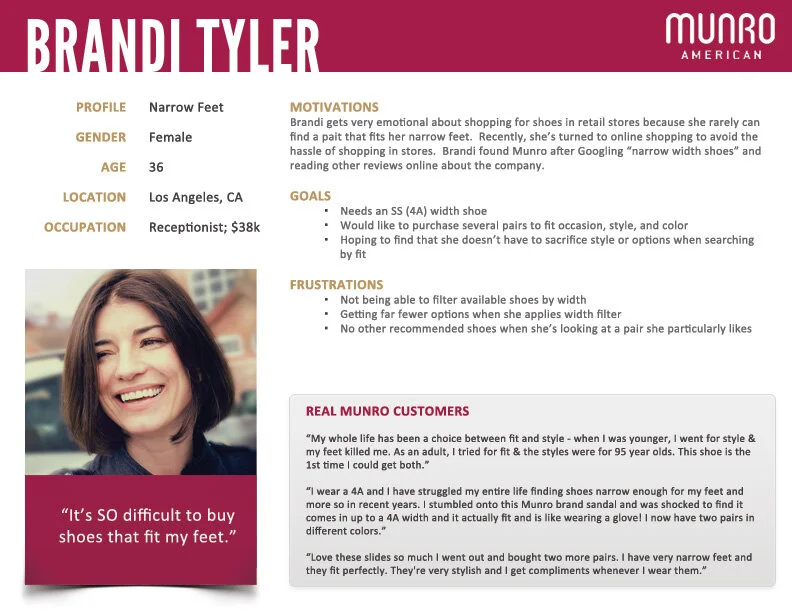How to create a Social Media Strategy
A social media strategy can be defined as a blueprint of your social media campaign. The strategy guides you through the campaign and will help you make decisions that’ll keep your campaign on track to success.
A good strategy details all the important aspects of the campaign, but at the same time, it is concise and simple to understand.
In this blog post, we have cracked down a step-by-step process that’ll help you create a winning social media strategy.
Source: Pexels.com
What is a Social Media Strategy?
The social media strategy is a plan that you and your team will use to execute the social media campaign. The plan is typically documented in a template that underlines the research, goals, tactics, and performance measurement guidelines.
The strategy should also list all the social media platforms that you plan to use for the campaign. To make your strategy specific, it also is advised to create goals for each platform.
So let’s get into the steps for building a strong social media strategy.
How to create a Social Media Strategy?
Step 1: List S.M.A.R.T Goals for the campaign.
Setting goals is the first and one of the most important steps of creating a successful campaign. The goals will help you and your team understand what you want to achieve.
S.M.A.R.T Goals is a framework that is used widely to write goal statements that are detailed and clear. S.M.A.R.T is an acronym that stands for:
Specific: This simply means be specific with the goal you want to achieve. For example, do you want to increase sales, boost engagement, increase newsletter sign-ups, etc?
Measurable: In this step, you quantify the specific goal that you have underlined. For example, if you wrote down increasing sales as a specific goal, do you aim to increase it by 20% or by 30%. Clear and quantifiable goals are easy to measure when it comes to assessing the success of the campaign.
Attainable: The goals you put down should be attainable with the resources available at your disposal. For example, if you want to achieve 100,000 impressions on your ad, you need to ask yourself, do you have a sufficient budget to run ads to achieve that goal?
Relevant: While writing the goal statement, keep this point in mind to ensure your goal is relevant to your overall business objectives.
Time-Bound: In order to make sure every goal is completed on time within the campaign timeline, every goal should have a deadline. This gives the team a focused vision for how much time they have to achieve the goal.
Your S.M.A.R.T goal should look something like this:
“We will increase sales on the website by 10% within the next 6 months by spending $150,000 on paid Facebook ads.”
Step 2: Select the right metric to track your goal.
Based on the goal you’ve set for the campaign, you would have to track the right metrics. For example, if your goal was to increase website traffic then you’d track ad click-through rates. On the other hand, if your goal was to increase awareness you’d be better off tracking shares on your ads.
Source: Hootsuite.com
Step 3: Research the Target Audience.
Part 1: Collect Data
When it comes to collecting data on your target audience, it’s best practice to avoid making any assumptions. Instead, your team should collect all the relevant data that will help you get an in-depth understanding of the target audience. Understanding the target audience will help you create ads that resonate with your audience.
You can research your target audience using industry data. You also use social media analytics from your previous campaigns as data. To get access to the analytics you would need to upgrade to a business account and also install the Pixel for the platform you’re using. Facebook and TikTok both have great Pixels available that will help you get valuable insights on your audience.
Source: Hootsuite.com
Part 2: Create a Target Persona
Once you collect sufficient data on the target audience, the next step is to create a target persona. A target persona is a profile of the ideal customer you want to target with your campaign.
The target persona profile should include information such as:
Age
Income
Occupation
Location of Residence
Interests and behavior
Source: Alexa.blog.com
Step 4: Conduct a comprehensive analysis of your competition.
Researching and conducting a SWOT analysis on your competition could prove essential for the success of your campaign. A good understanding of your competition could help you understand the full landscape of the industry. For example, the things your competitors did that helped in the success of their campaigns and the things that proved to be failures.
This analysis will also help you to identify and spot opportunities in the market.
Step 5: Conduct a social media audit.
This step involves evaluating all your social media efforts to date. This will help you understand where your brand has been lacking when it comes to social media marketing. To help you through this evaluative process, you could ask yourself the following questions:
What has seemed to work and not work for you in the past?
What type of audience has been engaging with your content.
On which platform does your brand get the most engagement.
How does your brand’s social media compare to that of the competition?
Asking yourself these questions could help you take steps to improve your social media activities in the future.
Step 6: Create a content calendar.
Posting content regularly at a specific time is optimal for the success of your campaign. Creating a content calendar is very important for this reason.
Create a posting schedule based on the best times to post. There could be certain time slots when your target audience is the most active. Posting during these time slots can increase the amount of engagement your content receives.
Step 7: Regularly re-evaluate your strategy and make improvements.
It’s highly likely that the initial plan created doesn’t work as intended. Therefore, it is important to regularly evaluate the performance of your strategy.
Based on your analysis, make the required changes to constantly improve and optimize your marketing strategy.
There are many tools you could use to evaluate, test, and optimize your ad spend. Check out Acquire Agency’s very own performance-optimizing tool called Fates.ai.
Want to know more about Social Media Advertising? Contact our expert team at Acquire today and let us help you take your marketing performance to the next level.
Acquire Agency is an official Facebook Marketing Partner, and we have helped countless businesses optimize their social media campaigns on Facebook+Instagram and TikTok.
Source:




